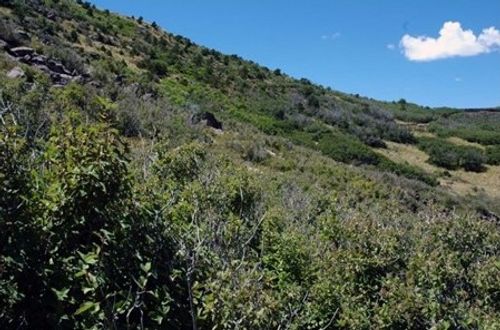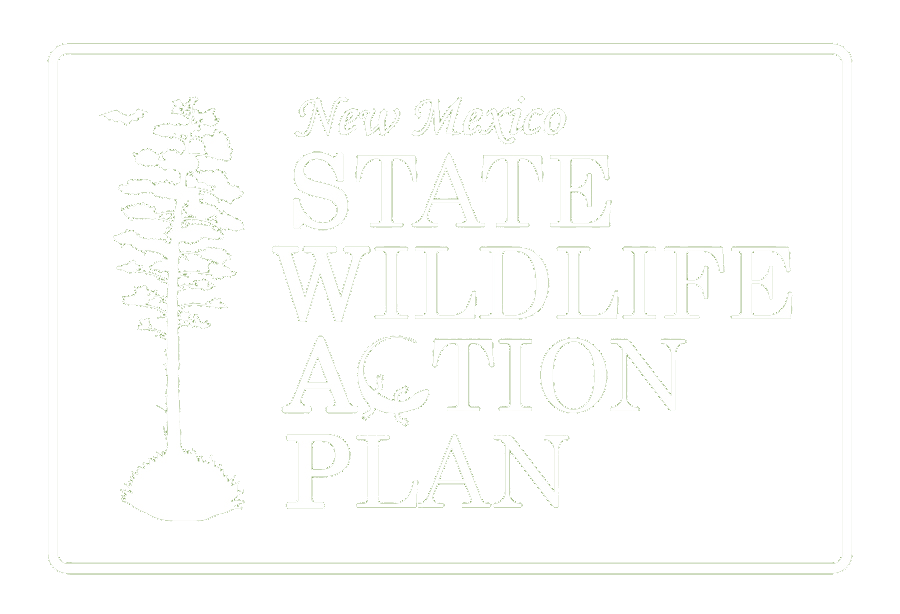
SWAP Habitat
Rocky Mountain Montane Shrubland
NVC Name
Southern Rocky Mountain Montane Shrubland (M049)
SWAP General Vegetation Type
ALPINE and MONTANE VEGETATION
Rocky Mountain Montane Shrubland [M049] is found from 1,800-2,700 m (5,900-8,860 ft) in the foothills and canyon slopes of Southern Rocky Mountains and Arizona-New Mexico Mountains ecoregions with isolated occurrences in the High Plains and Tablelands and Chihuahuan Desert ecoregions. Vegetation is characterized by an open to dense, broad-leaved deciduous shrub canopy dominated by alderleaf mountain mahogany and/or Gambel’s oak. Other shrubs may be codominant such as big sagebrush, Fendler’s ceanothus (Ceanothus fendleri), chokecherry (Prunus virginiana), skunkbush sumac, wax currant (Ribes cereum), New Mexico locust, wild roses (Rosa spp.), mountain snowberry (Symphoricarpos oreophilus), and roundleaf snowberry (S. rotundifolius). The herbaceous layer is sparse to moderately dense and dominated by perennial graminoids and a mix of scattered forbs. Annual grasses and forbs are seasonally present. Graminoids are characterized by species that are also common in adjacent woodlands and forests, e.g. Scribner needlegrass (Achnatherum scribneri), big bluestem (Andropogon gerardii), threeawns (Aristida spp.), sideoats grama, blue grama, long-stolon sedge (Carex inops), Geyer’s sedge (Carex geyeri), Arizona wheatgrass (Elymus arizonicus), fescue (Festuca spp.), needle and thread, New Mexico feathergrass (Hesperostipa neomexicana), prairie junegrass (Koeleria macrantha), and mountain muhly. Representative forbs include common yarrow, sagebrush (Artemisia spp.), geraniums (Geranium spp.), starry false lily of the valley, Fendler’s meadow-rue, and American vetch (Vicia americana).
Soils are typically poorly developed, rocky to very rocky, and well-drained. Fire typically plays an important role in determining vegetative composition.
